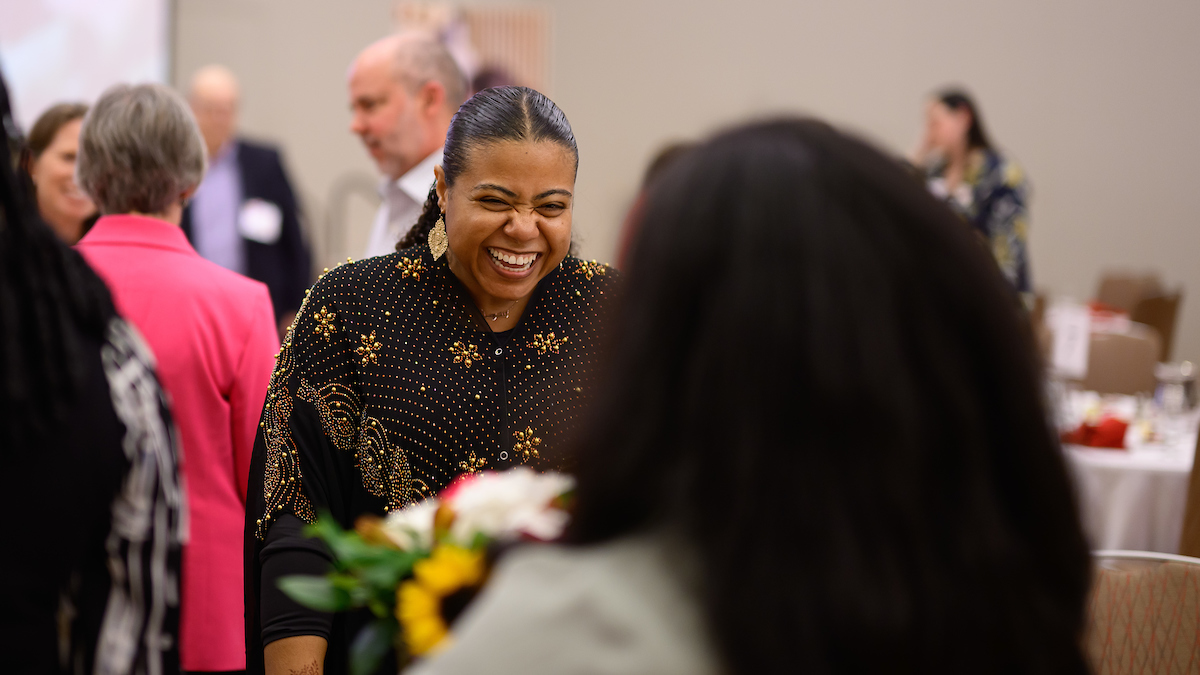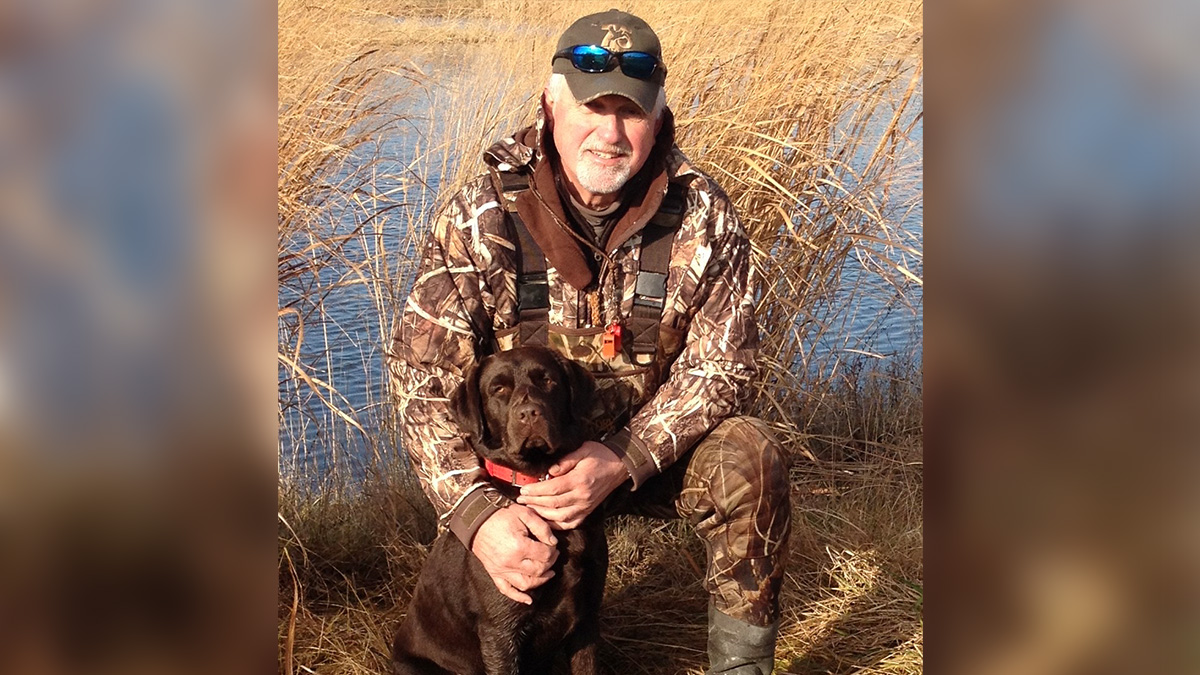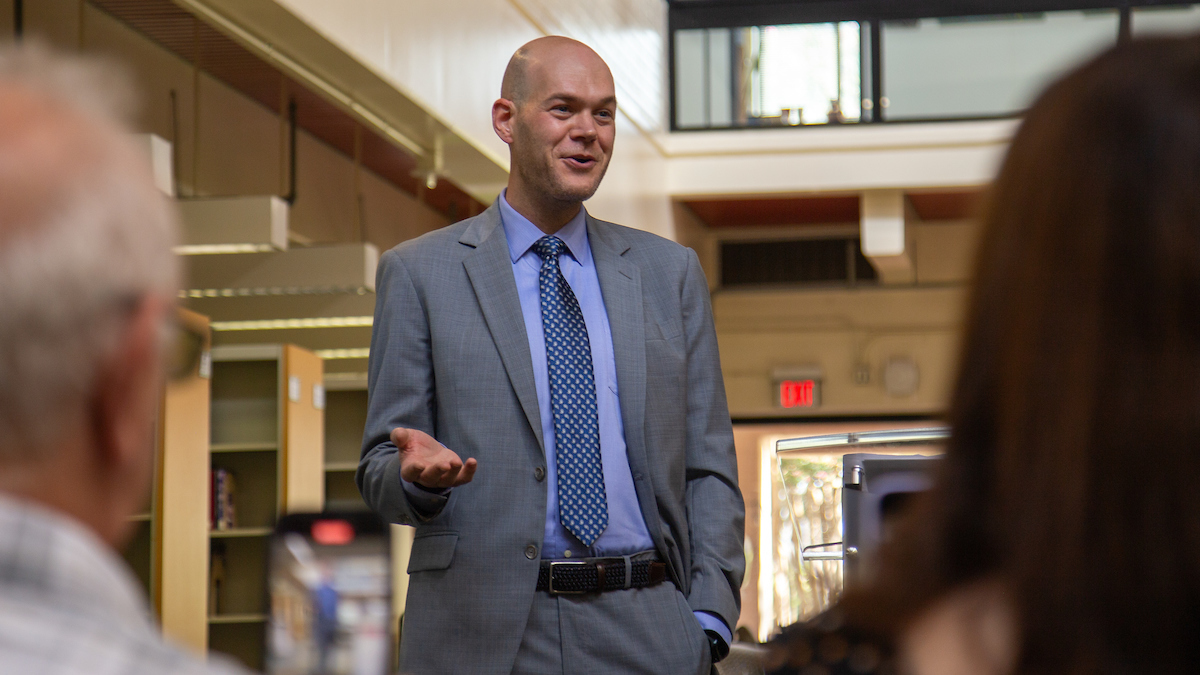A Lifelong Love of Cavalier King Charles Spaniels

Cathy Eason has been in love with Cavalier King Charles Spaniels for 27 years. She has owned them, bred them, shown them, poured time and affection and money into keeping them healthy. And she has seen some of her 17 dogs die before their time because of the two most prevalent ailments affecting the breed: mitral valve disease (MVD) and syringomyelia (SM).
She knows there’s no remedy for either. She also knows doctors have made great strides in treating symptoms of both and giving dogs better quality of life. She waits hopefully for the cure, because “I always assume, when I get a puppy, it will die of severe MVD or a concurrent illness or medications used to fight the disease. And I really do love this breed.”
That love affair started in 1991. The Cary, N.C., resident, who worked as a vet tech after college, grew up with beagles, English setters, dozens of mixed breeds. “I lived out in the country; I’d find something roaming in the fields and bring it home.”
“I remember meeting a Cavalier while working with a vet and thinking, ‘That’s the most beautiful dog I have ever seen.”
“I remember meeting a Cavalier while working with a vet and thinking, ‘That’s the most beautiful dog I have ever seen.’ It was a gentle soul. I told the vet, ‘I will have one of those dogs one day.’ It took me nine and a half years. But the more I learned, the more I knew that was the dog I wanted.” (She now has several cavaliers and a Japanese Chin.)
She quickly learned the average life expectancy for Cavaliers was between 8-9 years, not high for a small breed. And she learned about mitral valve disease, where a defective valve lets blood leak back into the heart, with her first Cavalier, Zippy, who eventually went into congestive heart failure. (Zippy died from Cushing’s disease, a defect in the adrenal gland.)
Eason looks for longevity in parents and grandparents of the dogs she’s getting, but that’s no guarantee. Ella, one of her Cavaliers, had a mother who lived to be over 13 yet struggled to get past 10 herself. Ella was diagnosed at 7 and put on the blood pressure regulator Enalapril, but “I noticed she would enjoy walks and then collapse. She’d wake up in the mornings with a dry cough. A cardiologist prescribed Vetmedin, which makes the backflow of blood less significant, and that was a turning point for quality of life.”
Ella took more readily to exercise and seemed happier. Yet the cough would come back, the vet would tweak medication, and Ella began what Eason calls a “fast fail” in her last six months. She took one diuretic to reduce fluid buildup, then another. She had difficulty breathing and lost appetite, and Eason heard a rattling in Ella’s chest. MVD, Eason says, “is like being on a plateau, then declining, then being on another plateau, then declining more. At some point, the plateau gets so low that life is not worth living.”
[give url=”https://securelb.imodules.com/s/1209/giving/plain.aspx?sid=1209&gid=214&pgid=3813&cid=6343&bledit=1&appealcode=LB&sort=1&dids=9284″ headline=”Live for Love” subheadline=”Cavaliers are known for being full of life. Let’s make it longer.” ]Eason has had different experiences with SM, in which fluid-filled cavities develop in the spinal cord near the brain; pain and pressure often make dogs scratch incessantly in the air. She never heard of the disease until 2000, when the symptoms became apparent in a Cavalier named Kazoo.
“When I put a collar on Kazoo, he could hardly walk, because he air-scratched all the time,” she recalls. “He started screaming in pain and holding his neck down. My vet put him on a steroid for a pinched nerve, and he seemed to get better. But a few weeks later, the pain came back.
“I bought a harness, and he could walk, but he was always sensitive around his neck and left ear; he would scream if anything touched him. Over time, his sensitivity got worse and worse, and he became more and more withdrawn. He hurt all the time, whether you touched him or not. At the point when we contemplated whether we were doing the right thing, his atrium ruptured. He died suddenly at less than 10 years old.”
Conditions have also improved for dogs with SM. Eason now has one who’s “as bad as Kazoo was symptomatically but takes Gabapentin – first used for seizures – and it works wonders for burning pain. There’s also a second-generation drug that’s more potent. There’s nothing to stop the progress of the disease, but fortunately, I’ve never had to euthanize a dog for severe pain from SM.”
Eason takes her dogs to doctors at the North Carolina State University College of Veterinary Medicine, and she’s encouraged by research done there against both diseases. Her dogs now have more options for comfort and improved health as they approach old age.
At the same time, she awaits breakthroughs that could make MVD and SM curable, because she plans to be a Cavalier owner all her life. “I always tell people, ‘I am trying so hard to fall in love with a different breed’,” she says with a laugh. “But I can’t do it!’ ”
- Categories:


